Apollo Computing
Laboratories (P) Ltd
 mktg@apollocomputing.com
+9140 -27141522 / 27141533
mktg@apollocomputing.com
+9140 -27141522 / 27141533
 mktg@apollocomputing.com
+9140 -27141522 / 27141533
mktg@apollocomputing.com
+9140 -27141522 / 27141533
ACL has been recognized as a Military grade quality production unit for Production of the Missile Interface Units, Stores Interface On-Board Computers, On-board computer interfaces, CCPMC-1553B modules for various strategic National Programmes. AGC has also produced many products for Aircraft use, on-board and Ground applications.There are many other DRDO & Aerospace projects being done & in the anvil, which are enabling wider involvements of ACL in the National programmes.
Successfully test flown in various defence systems available in two versions
More information
Stores Interface Box (SIB) is an LRU, which is required to function in a high reliability safety critical environment.
More information
The unit receives commands from onboard computer over 1553B bus
More information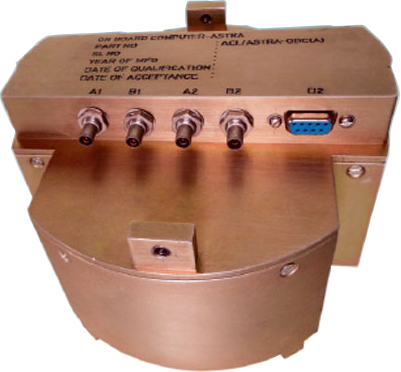
On Board Computer is a ruggedized computer designed to carry out various functions, viz. control, guidance, monitor the health of sub systems
More information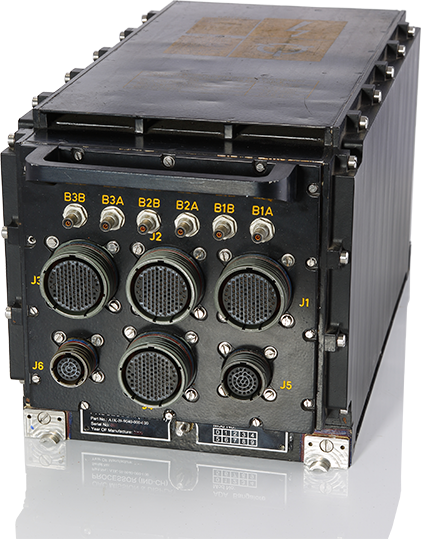
The ¾ Aviation Transport Rack is a LRU, which is required to function in a highly reliable and safety critical environment. The ¾ ATR is a Ruggedized Mechanical chassis.
More information
Unit is based on Intel-80486 CPU operating at 64Mhz speed. It communicates with external units through MIL-STD-1553B Channel.
More information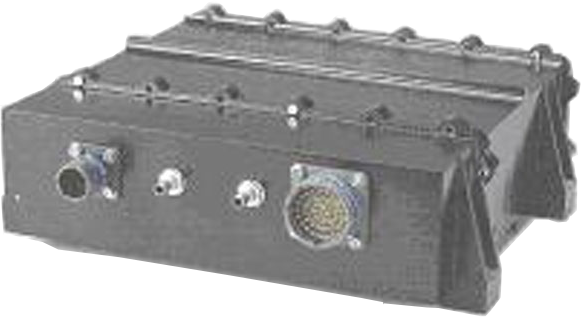
The system is a Ruggedized with independent MIL-STD-1553B interfaces
More information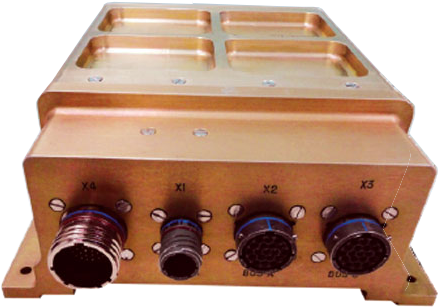
On Board Computer (OBC) is a ruggedized computer designed to carry out various functions.
More information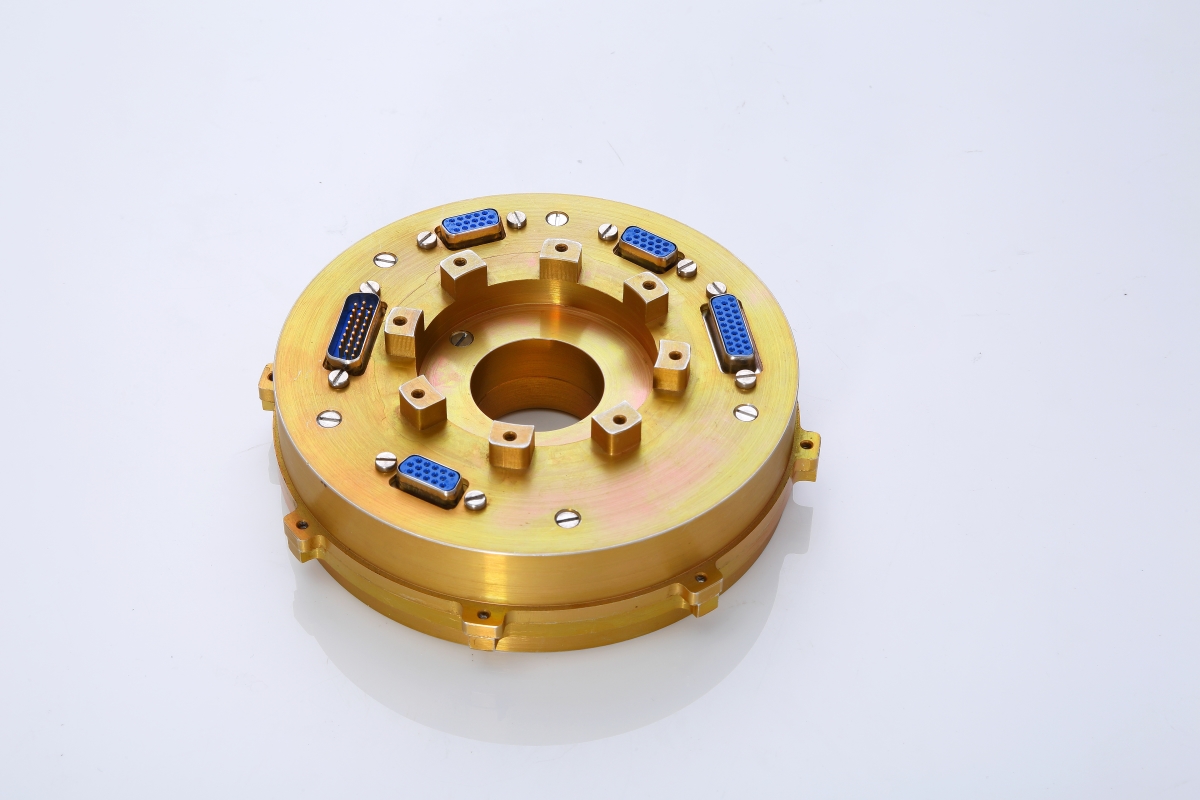
SAM Based Safety Arming Mechanism, and Sequencing Units for various system configurations
More information
CCPMC-1553B: CCPMC Module with Two MIL-STD-1553B Nodes along with Four RS-422 Channels & Eight DIOs and other products
More information
ACL-PPC-750 : PowerPC-750 and
ACL-PPC-7410 :PowerPC-7410

VME Power Supply to VME Mother Board & to control surrounding temperature
More information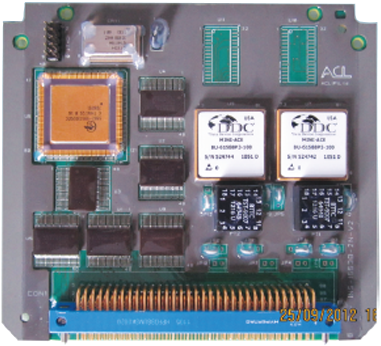
INS computer is designed to carry out various real time and non real-time functions
More information
The power amplifier card (PAC) serves as the transmitter in the Expandable Decoy of Maareech Advanced Torpedo Defence System (ATDS)
More information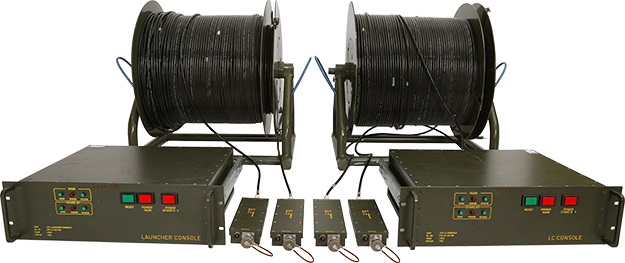
The LC-Launcher Fiber Optic Link is full duplex, redundant and high bandwidth Fiber optic interface
More information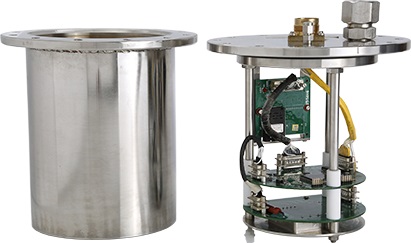
Fiber Optic Connectivity provides interface between Launch Controlling Station (LC) and the launcher interface unit
More information
CCPMC RS-422 Card provides 8 channel RS-422 and 8 Discrete I/O lines
More information
The PowerPC-750/7410 card is a 6U (233.35mm x 160mm) Conduction Cooled VME card which has a PowerPC-750/7410 CPU chi
More information